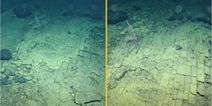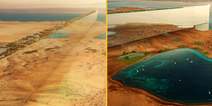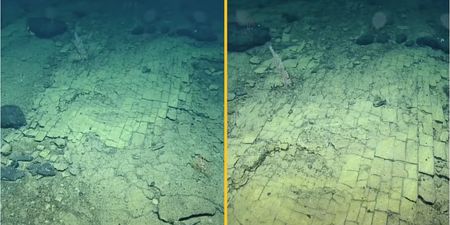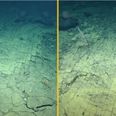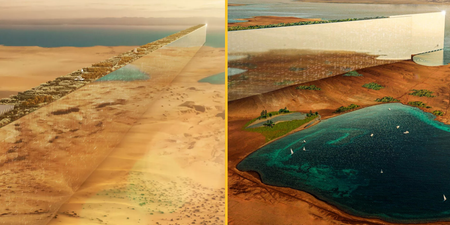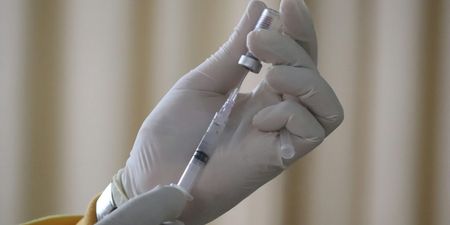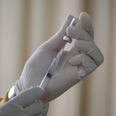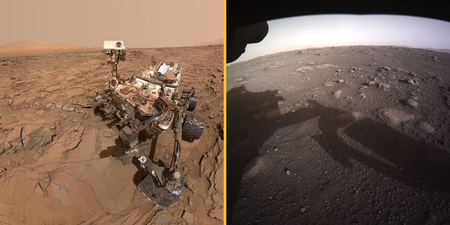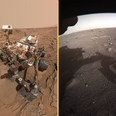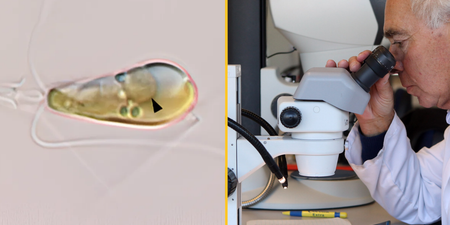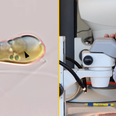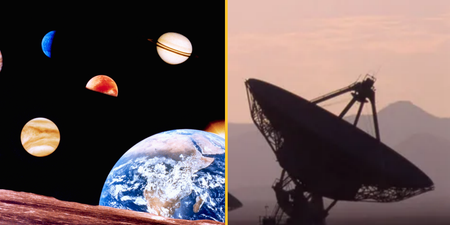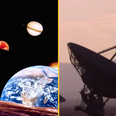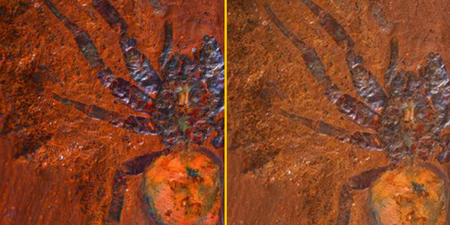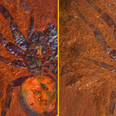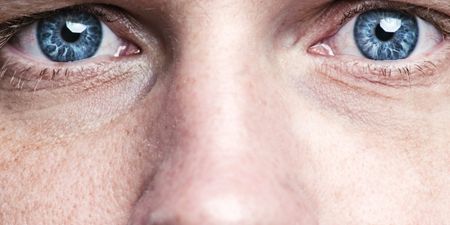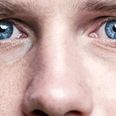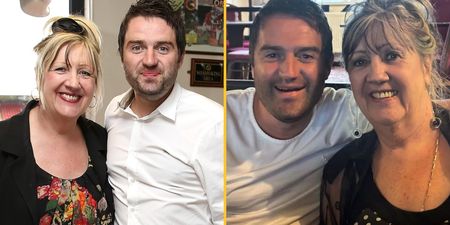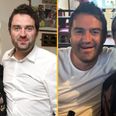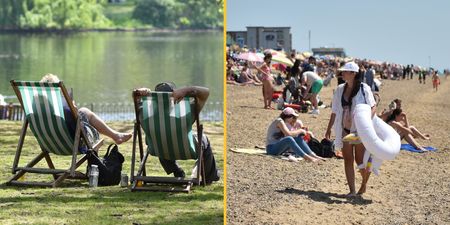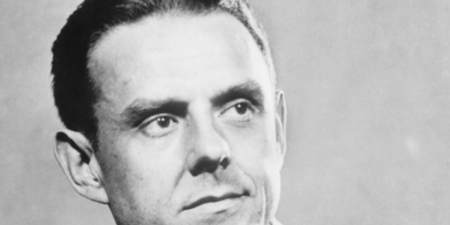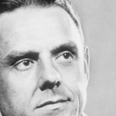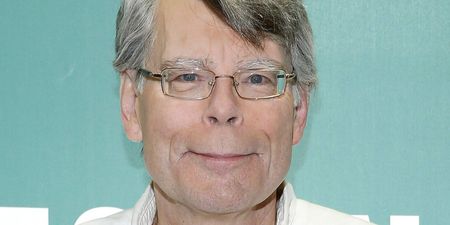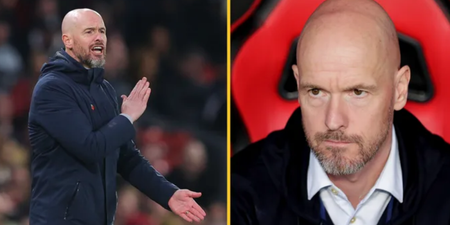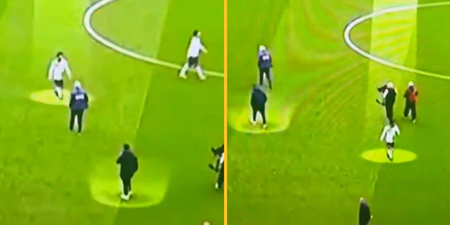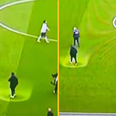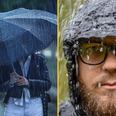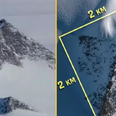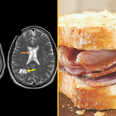Guess we can’t meet Morgan Freeman then
If you were hoping that 2022 would have more despair; then you’re right because a scientist believes we should accept there’s no life after death and move on with our lives.
Cosmologist and physics professor Sean Carroll, who currently works at the California Institute of Technology, has made statements that will undoubtedly frustrate spiritual individuals, religious groups, and TikTok witches.
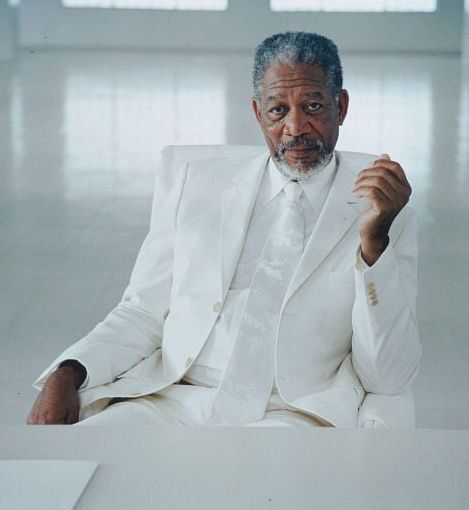
Speaking to the Express, Carroll explained: “The laws of physics underlying everyday life are completely understood.”
He explained that an afterlife requires consciousness to be separate from our physical bodies. But Carroll argues that consciousness is not a mystical soul but an amalgamation of atoms and electrons.
He explained: “Claims that some form of consciousness persists after our bodies die and decay into their constituent atoms face one huge, insuperable obstacle.
“The laws of physics underlying everyday life are completely understood. And there’s no way within those laws to allow for the information stored in our brains to persist after we die.”

All science requires evidence, and in this situation, Carroll points to Quantum Field Theory (QFT).
While we won’t bore you with jargon and diagrams, QFT ultimately dictates that all particles have their own quantum field. Carroll said that if an afterlife was real, quantum rests would reveal “spirit particles” and “spirit forces.”
But nothing has been discovered yet.
So before we all erupt into panic and bellow “there’s no point to life”, Eurostat’s Eurobarometer survey in 2018 found that 53.6 per cent of the UK’s population is Christian, 6.2 per cent belong to other religions, and 40.2 per cent are non-religious.
While Carroll’s hypothesis is certainly backed by science, religious and spiritual beliefs are clearly not going anywhere, and if it helps you get through the day, then screw science.
Read More:
- Doomsday Clock 2022 at 100 seconds to midnight – closest to apocalypse yet
- Cannabis compounds could prevent infection from covid, according to study
- Woman’s viral story about why you should always have sex on first date divides internet

